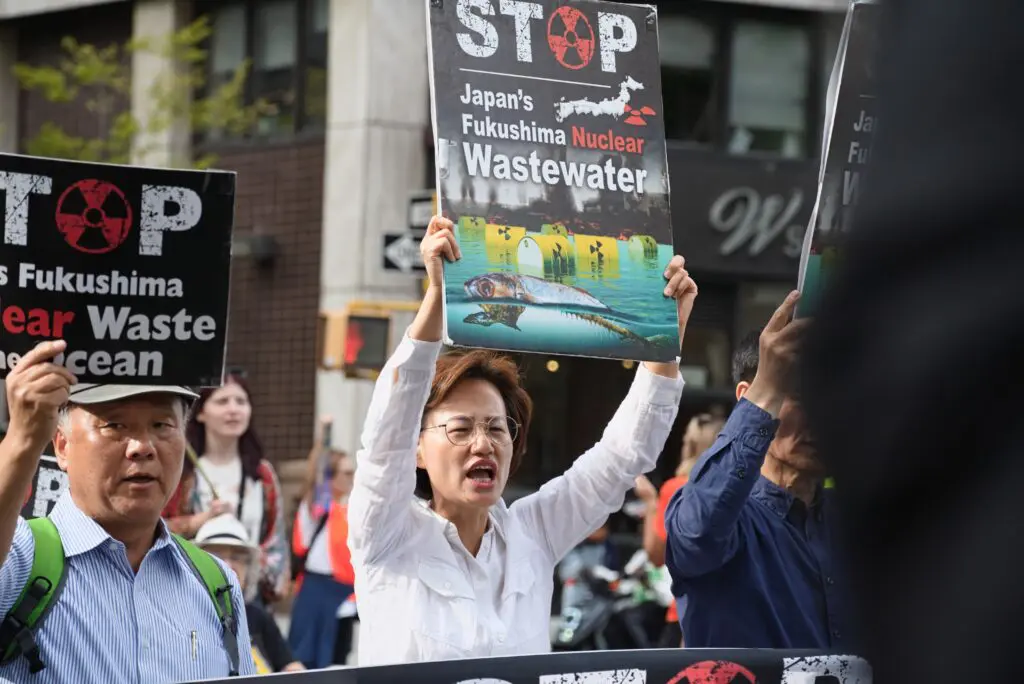The methods chosen by Japan to recycle and dispose of soil and radioactive waste after the 2011 Fukushima nuclear power plant accident have been backed by an International Atomic Energy Agency (IAEA) report.
The findings, presented by the IAEA to Japan’s environment minister Shintaro Ito, follow a 16-month safety review.
The review assessed the approach of the Government in recycling and the final disposal of removed soil and radioactive waste against IAEA safety standards.
Huge facility
About 13 million cubic metres of soil and about 300 000 cubic metres of ash from the incineration of organic material was removed as part of decontamination activities in the Fukushima prefecture and stored in a facility covering an area of 16 square kilometres.
The management of removed soil is governed by a Japanese law which permits the government to repurpose the soil both within and outside of prefecture and for final disposal of the remaining soil to take place outside it by 2045.
Civil engineering Japan plans to recycle roughly 75% of the removed soil, with low levels of radioactivity, for civil engineering structures including embankments for roads, railways, seawalls, waste treatment sites, coastal protection, agricultural land and land reclamation.
The remaining soil which cannot be recycled will be disposed of permanently and Japan intends to confirm the site selection and disposal process in 2025.
‘We appreciate the enormity of the challenge facing Japan in dealing with the aftermath of the 2011 … accident and we commend the country for requesting our impartial and technical review of its plans,’ said IAEA dg Rafael Mariano Grossi.
‘The recycling and disposal of the soil further contributes to the reconstruction of areas affected by the accident.’
Don't hesitate to contact us to share your input and ideas. Subscribe to the magazine or (free) newsletter.



